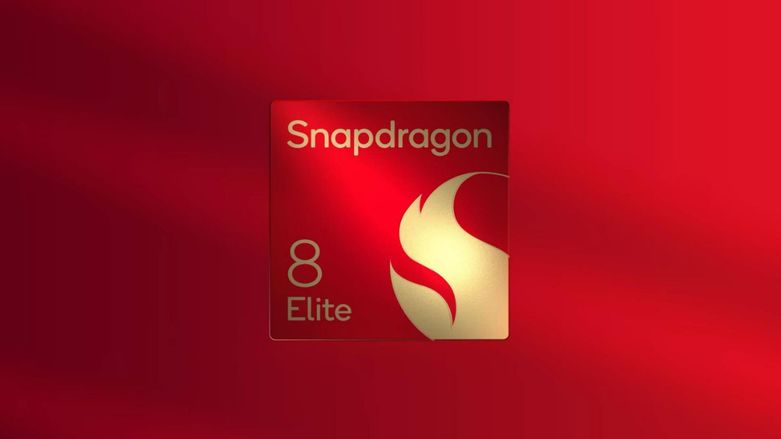Qualcomm has unveiled its latest mobile chip, the Snapdragon 8 Elite, at the Snapdragon Summit in Hawaii, promising significant advancements in AI capabilities and overall performance for premium Android smartphones. This chip is designed to enhance the user experience across various applications, from gaming to photography, while also extending battery life—an increasingly important factor for smartphone users.
Unleashing the Power of AI
The Snapdragon 8 Elite represents a significant leap forward in Qualcomm’s journey into the realm of generative AI. Following the launch of the Snapdragon 8 Gen 3, which introduced basic generative AI functionalities, the Snapdragon 8 Elite aims to further enrich this aspect, offering users compelling reasons to opt for devices powered by this chip.
One of the standout features of the Snapdragon 8 Elite is its advanced neural processing unit (NPU). Qualcomm claims that the new NPU architecture delivers up to 45% faster AI performance compared to its predecessor, along with improved power efficiency. This means that users can expect more responsive and intelligent interactions with their devices, as the NPU can handle a diverse array of data inputs—from text and images to audio—allowing for more sophisticated AI-driven applications.
The chip is designed to support real-time object recognition through an AI assistant, which can enhance the camera experience by automatically adjusting settings based on detected objects. Moreover, it introduces capabilities like lighting adjustments for videos, ensuring that users can achieve well-lit footage even in challenging conditions. This feature is particularly useful for content creators who require professional-grade quality in their videos.
Performance Improvements
The Snapdragon 8 Elite is built on a new architecture that utilizes Qualcomm’s second-generation Oryon CPU, manufactured using a 3-nanometer process. This change represents a notable shift from the previous 4nm Kryo CPUs, resulting in substantial performance gains. Qualcomm asserts that the new chip delivers 45% better overall performance, which translates into faster app loading times and smoother multitasking capabilities.
Web browsing is also set to improve dramatically, with Qualcomm boasting a 62% increase in web performance. As many applications rely on web connectivity, this enhancement should lead to a more seamless experience across various services, reducing lag and improving overall responsiveness. Qualcomm senior vice president Chris Patrick emphasized that users will notice a significant difference, especially when loading websites or using web-based apps.
Gaming and Battery Life
For gaming enthusiasts, the Snapdragon 8 Elite promises up to 2.5 additional hours of playtime. This extended battery life, coupled with the chip’s enhanced graphics and processing capabilities, aims to deliver an immersive gaming experience without the frequent need to recharge. The combination of improved power management and performance optimizations positions the Snapdragon 8 Elite as a strong contender for gamers looking for high-performance devices.
Enhancing Camera Performance
Camera technology is another area where the Snapdragon 8 Elite makes significant strides. The chip features a new image signal processor (ISP) that employs advanced AI algorithms for improved autofocus, white balance, and exposure adjustments. These enhancements happen in real-time, resulting in better-quality photos without requiring users to manually tweak settings. Additionally, the NPU can directly interact with camera sensors, enabling real-time image enhancements for both photos and videos. This feature allows smartphone manufacturers to integrate their own camera algorithms more effectively, leading to more personalized and high-quality imaging solutions.
Connectivity Advancements
Connectivity is crucial in today’s digital landscape, and the Snapdragon 8 Elite integrates AI-driven improvements to enhance mobile connectivity. The chip includes the X80 5G Modem, which utilizes AI for multi-antenna management, resulting in clearer and more reliable connections. Furthermore, the FastConnect 7900 technology integrates Wi-Fi and Bluetooth, reducing latency and ensuring smoother transitions between different connection types. For example, if a call is made via Bluetooth and the user moves out of range, the system can seamlessly switch to Wi-Fi to maintain the call, providing a continuous and uninterrupted experience.
Looking Ahead
While the Snapdragon 8 Elite showcases numerous enhancements and capabilities, it remains to be seen how these features will be implemented in real-world applications once devices equipped with the chip hit the market. However, based on Qualcomm’s assertions, the Snapdragon 8 Elite is poised to bring a mix of general performance upgrades and AI-driven innovations to the next generation of Android phones.
The anticipated release of new smartphones powered by the Snapdragon 8 Elite will likely set the stage for a competitive landscape among manufacturers like Samsung, Motorola, and OnePlus. Each brand will strive to differentiate their offerings by leveraging the advanced capabilities of this chip, particularly in areas such as AI, photography, and gaming.
Conclusion
In conclusion, Qualcomm’s Snapdragon 8 Elite chip heralds a new chapter in mobile technology, focusing on the convergence of AI and performance enhancements. By empowering Android phones with advanced AI capabilities, improved processing power, and enhanced connectivity, Qualcomm is not only setting the bar higher for future devices but also addressing the evolving needs of users in a fast-paced digital world. As we anticipate the launch of Snapdragon 8 Elite-equipped smartphones, the industry may soon witness a remarkable transformation in how we interact with our devices, ultimately enriching the overall user experience.
